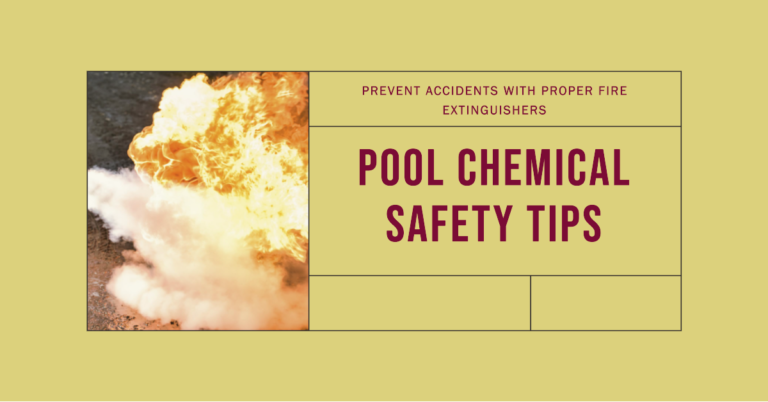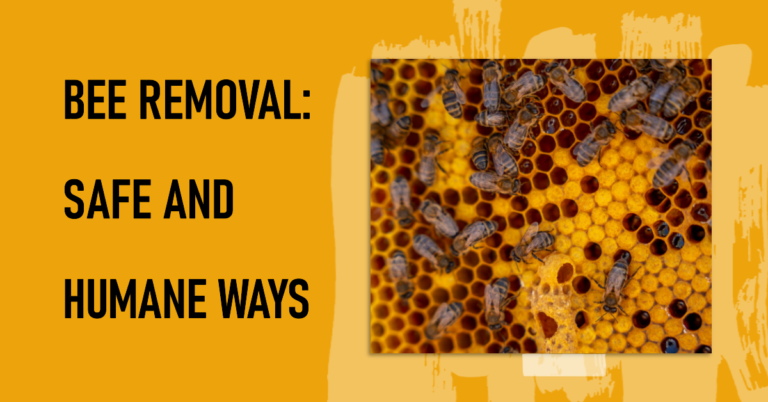Last Updated on October 1, 2023 by Allen
When it comes to fire safety, understanding the appropriate fire extinguisher for specific types of fires is of utmost importance. Metal fires, categorized under Class D fires, present a unique set of challenges due to the nature of the combustible metals involved. In this concise guide, we will delve into the details of selecting the most suitable fire extinguisher to effectively combat metal fires.

When facing a fire involving combustible metals, selecting the correct fire extinguisher becomes critical. For metal fires categorized as Class D fires, specialized Class D fire extinguishers are the most suitable choice. These extinguishers are equipped with specific dry powder extinguishing agents designed to smother and cool the metal fire, effectively preventing re-ignition.
Which Fire Extinguisher is Suitable For A Metal Fire
It’s important to note that Class D extinguishers are non-reactive with metals, ensuring safety during suppression efforts. However, they should only be operated by trained professionals, and their use is exclusively for Class D fires. In addition to Class D extinguishers, fire blankets and sand can also be employed to control and suppress metal fires by cutting off the oxygen supply and smothering the flames.
Class D Fires: The Challenge of Metal Fires
Class D fires are distinctive as they exclusively involve combustible metals such as magnesium, titanium, potassium, and sodium. These fires commonly occur in industrial settings where metal processing, manufacturing, or research takes place. Metal fires are known for their high heat intensity and the potential for violent reactions when inappropriate extinguishing agents are applied.
The Ideal Extinguisher: Class D Fire Extinguishers
For Class D metal fires, specialized Class D fire extinguishers are the ideal choice. Here’s why Class D extinguishers are the most suitable option:
1. Specific Extinguishing Agents:
Class D extinguishers contain specialized dry powder extinguishing agents designed to smother and cool the metal fire, preventing re-ignition.
2. Non-Reactive with Metals:
The selection of Class D extinguishing agents ensures they do not react chemically with combustible metals, thereby guaranteeing safe and effective suppression.
3. Professional Handling:
Fighting Class D fires demands specialized training and equipment. Trained professionals should handle Class D extinguishers to ensure safety and efficacy.
4. Use of Appropriate Tools:
In addition to Class D extinguishers, fire blankets and sand may be used to control and suppress metal fires by smothering them and cutting off their oxygen supply.
Limitations
While Class D extinguishers are highly effective for metal fires, it’s essential to be aware of their limitations:
1. Not Suitable for Other Fire Classes:
Class D extinguishers are exclusively designed for metal fires (Class D) and should not be used on other fire classes, such as flammable liquids (Class B), solid materials (Class A), or electrical fires (Class C).
2. Specialized Training Required:
Due to the specific hazards associated with metal fires and the use of Class D extinguishers, specialized training is essential. Firefighting professionals should undergo training to handle these situations safely and effectively.
3. Identification of Reactive Metals:
Certain reactive metals, like lithium or uranium, may require different suppression methods. It’s crucial to identify the specific metal involved in the fire to apply the correct extinguishing agent.
Proper Usage of Class D Fire Extinguishers
Using a Class D fire extinguisher effectively involves the following steps:
- Before attempting to fight the fire, alert others and activate the fire alarm system to ensure a coordinated response.
- If the fire becomes uncontrollable, immediately evacuate the area and contact emergency services.
- Ensure you know the type of metal involved in the fire, as the choice of extinguishing agent may vary.
- Only trained personnel should use a Class D fire extinguisher. These extinguishers are specifically designed for metal fires.
- Aim the nozzle or applicator at the base of the fire where the metal is burning, and apply the extinguishing agent evenly and thoroughly.
- After extinguishing the fire, back away from the area, as there may still be residual heat.
- Keep a watchful eye for any signs of re-ignition and be prepared to reapply the extinguishing agent if necessary.
Conclusion
Selecting the right fire extinguisher is paramount for effective fire safety, especially when dealing with unique fire classes like Class D metal fires. Class D fire extinguishers, equipped with specialized dry powder extinguishing agents, are designed to combat metal fires safely and efficiently.
However, it’s crucial to understand their limitations and ensure they are not used on fires outside the Class D category. Specialized training, knowledge of the metals involved, and a coordinated emergency response are all essential components in managing metal fires safely.
By equipping yourself with the knowledge of the right fire extinguisher for the job, you can better protect lives, property, and the environment from the potentially devastating effects of metal fires. Fire safety is a shared responsibility, and comprehending the distinct challenges posed by Class D fires is a significant step toward a safer future.






